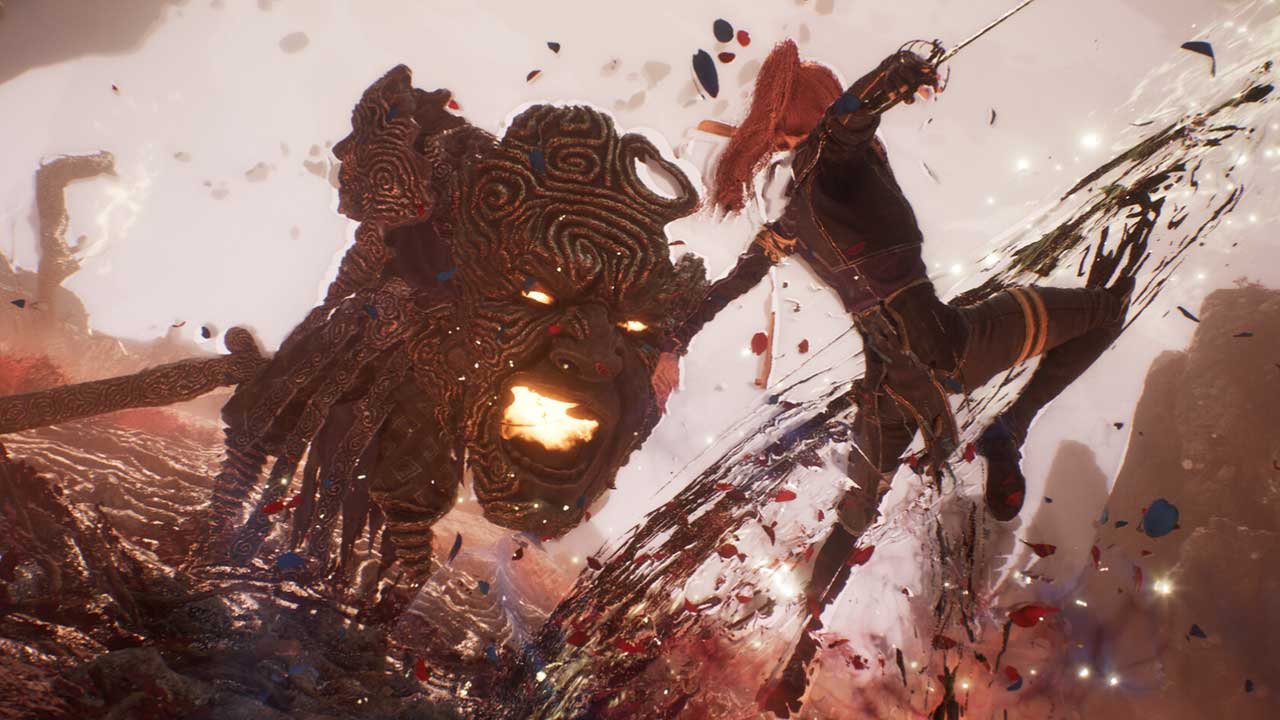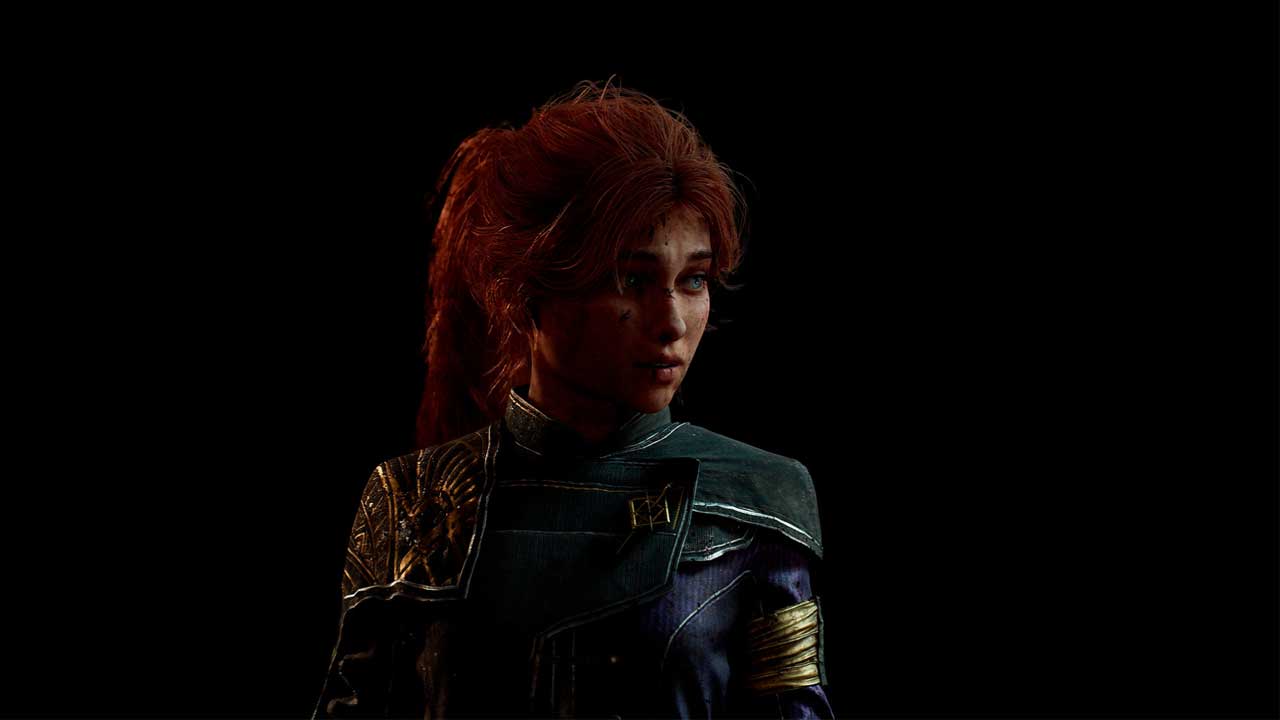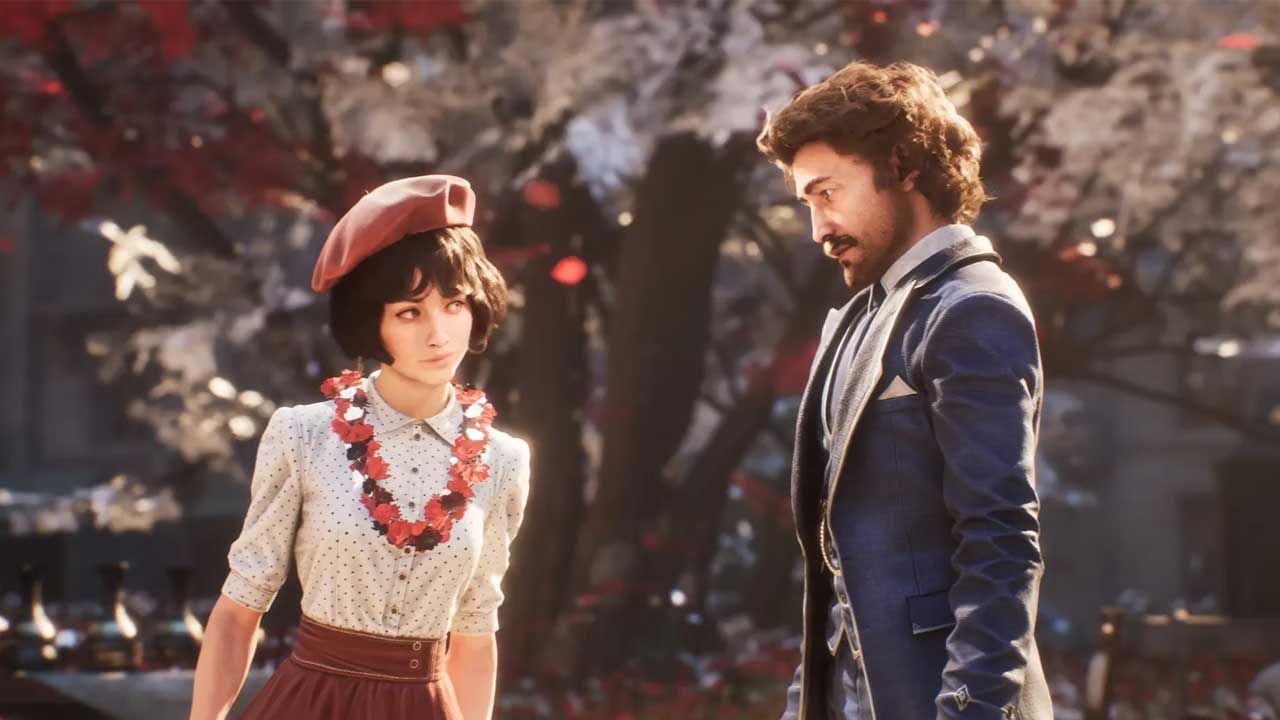Death is the ultimate inevitability-both in life and in games. But while most RPGs treat dying as an inconvenience or a checkpoint reset, Clair Obscur: Expedition 33 weaves mortality into the very fabric of its mechanics. In this surreal, painterly RPG, death isn’t just a punishment-it’s a theme, a mechanic, and a looming presence that shapes how you play.
Living on Borrowed Time

At the heart of Clair Obscur is a haunting idea: every cycle of existence is fragile and finite. Players aren’t just exploring a world cursed by repetition-they’re living within a system where the fear of death isn’t optional, it’s essential. The game dares to ask: what if death wasn’t just the end, but a constant shadow shaping every decision?
This is where securing a Clair Obscur: Expedition 33 Steam key feels like stepping into something more than entertainment. It’s an invitation to confront a world where mortality is not hidden behind respawns and retries but placed front and center as a core mechanic.
Death as a Design Choice

Most games use death as a temporary setback. You fail, you reload, you try again. But in Clair Obscur, the concept of mortality is gamified. Your choices feel weightier because death lingers as a persistent threat that doesn’t simply reset the board. It changes the way you approach combat, exploration, and even interactions with characters.
Every loss carries narrative implications, not just mechanical ones. When the world itself is painted as fragile, unfinished, and constantly fading, the permanence of death becomes impossible to ignore. Instead of being an obstacle to overcome, death becomes a mirror-forcing you to think about impermanence, sacrifice, and legacy in ways few RPGs dare to explore.
Fear as Fuel

One of the game’s most brilliant tricks is how it transforms fear into motivation. The uncertainty of what death means in this cursed cycle heightens tension in every battle. Suddenly, that enemy ambush or unexpected spell doesn’t just risk your progress-it threatens to unravel your place in the narrative.
This isn’t the same adrenaline rush you get from high-stakes boss fights in other RPGs. Instead, it’s a quieter, more insidious pressure. Every decision feels like it matters because the cost of failure isn’t abstract-it’s woven into the story of a world where death has real weight.
The Emotional Cost of Survival

Mechanics aside, Clair Obscur uses death to affect players on an emotional level. The painterly world feels alive and fragile, and each cycle you experience reminds you that time is limited, both for your character and for the world itself. The dread of mortality is not just a gameplay loop-it becomes part of the emotional journey, leaving you to grapple with questions about inevitability, meaning, and what it truly means to persist in the face of despair.
It’s this willingness to make players feel the cost of mortality that sets Expedition 33 apart from other RPGs. You’re not just trying to stay alive-you’re trying to understand what life and death mean in a world built on impermanence.
More Than Just a Game Over

By gamifying mortality, Clair Obscur: Expedition 33 redefines how players experience death in RPGs. It doesn’t treat it as a reset button but as a fundamental truth that informs every battle, every decision, and every heartbeat within its painted world.
It’s a reminder that games can do more than entertain-they can provoke reflection on themes as universal and terrifying as death itself. For players ready to take on this hauntingly beautiful challenge, you can find it through digital marketplaces like Eneba.

